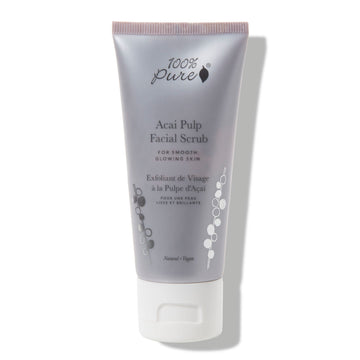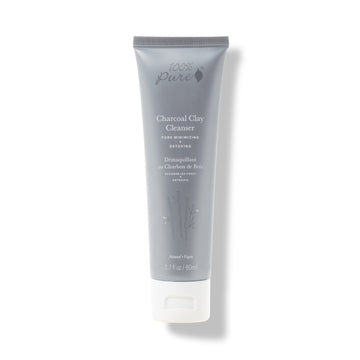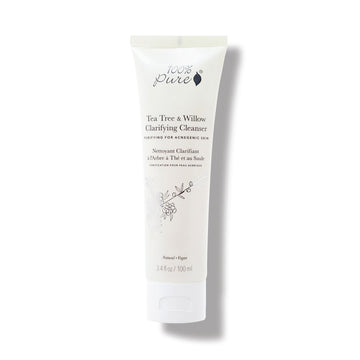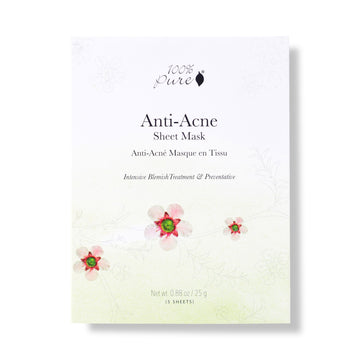Your guide to the different types of acne, acne removal strategies, and natural treatments for calm, clear skin
Written by: 100% PURE®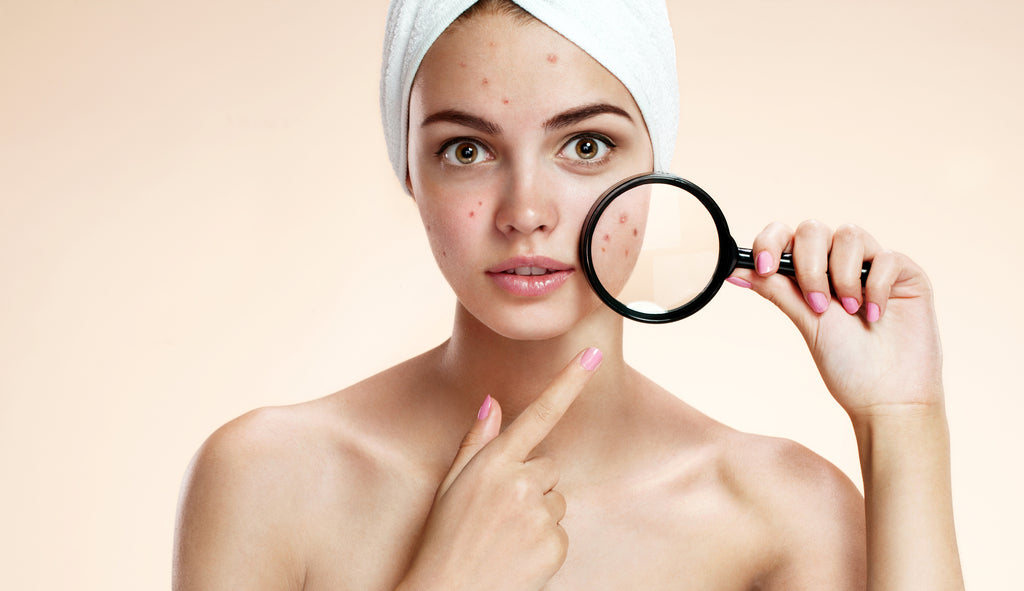
Like the common cold, acne is a problem that affects most of us at some point or another in our lives. It’s a problem that seems simple and mundane, but which, for some reason, science still hasn’t managed to entirely solve for us. In this post, we’ll discuss the causes of acne, different types of acne, and all-natural acne prevention and acne removal strategies.
Acne vulgaris, in dermatology, refers to the formation of skin blemishes such as papules, pustules, and cysts due to clogged hair follicles. Your hair follicles can become clogged with dead skin and sebum (your skin’s natural oil) for a number of reasons. Depending on which specific, underlying conditions are causing the blockage, different types of acne may appear. The main factors that contribute to acne formation are:
-
Excess oil production: Your follicles can produce too much sebum in response to an hormonal imbalance; they can also overproduce this oil when you use harsh products that strip your skin of its lipid barrier. For some of us, oil overproduction may simply be in our DNA.
-
Plugged follicles: When oil and dead skin cells accumulate in our follicles, they cause blackheads and whiteheads, and can also lead to more serious forms of acne.
-
P. Acnes bacteria colonization: P. Acnes bacteria are naturally found in the skin tissue, and they feed on the sebum that our skin produces. When our skin overproduces sebum, these bacteria can reproduce in excess, colonizing the follicle and potentially spreading to other areas of the skin.
-
Inflammation: P. Acnes bacteria excrete substances that cause inflammation in the skin tissue.
When the skin becomes inflamed, papules, pustules, nodules, and cysts are produced.
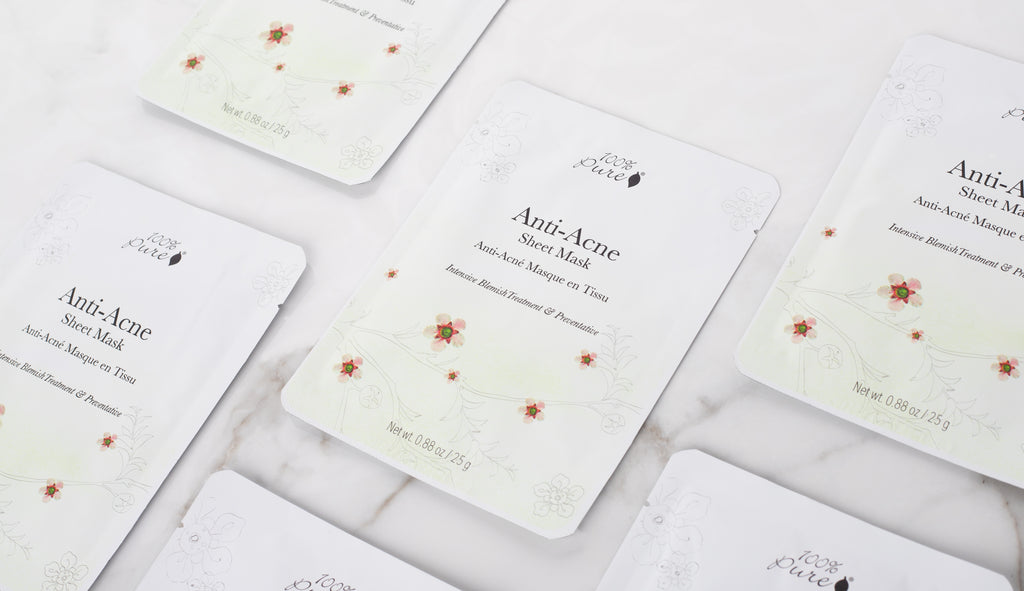 Types of Acne Spots
Types of Acne Spots
OK, so different underlying conditions can lead to varying acne symptoms - but what are the different types of acne spots? And, more importantly, what kind of attention do they require for acne removal and treatment?
Blackheads (open comedones)
Most of us have had a blackhead (or a FEW blackheads) at one point (or consistently) in our lives. They’re one of the more common forms of acne, caused when a clogged pore becomes exposed to air, so that the buildup becomes oxidized.
Our first important point: the idea that blackheads can simply be scrubbed away is a myth. So be gentle with your skin! By gently exfoliating your skin up to three times a week, however, you can help to clear up some of the blockage that’s causing blackheads to form. Our Acai Pulp Facial Scrub is a great product for sloughing away those pesky dead skin cells. Seek skin products that contain charcoal and kaolin clay to absorb excess oil (try our Charcoal Cleanser), and products with salicylic acid to help unclog and purify pores (try our Anti-Acne Sheet Masks). If you’re interested in having your blackheads extracted, be sure to visit a professional dermatologist rather than attempting the extractions yourself!
Whiteheads (closed comedones)
Like blackheads, whiteheads are a form of blocked pore. These blocked pores, however, are closed rather than open, so the buildup inside does not become oxidized.
Whiteheads can be treated in much the same way as blackheads: focus on gentle exfoliation, oil absorption, and pore purification. Try to avoid popping whiteheads, or touching them excessively, as you may exacerbate the problem and cause skin trauma. You can also try making a DIY acne treatment with apple cider vinegar to treat existing whiteheads: Start by boiling a mugful of water, and adding about ½ tablespoon of apple cider vinegar. Soak a clean washcloth in the mixture, wait until it has cooled down just enough to comfortably touch your skin, and then hold it against the affected area for 1-2 minutes. Repeat as desired.
Papules
Unlike open and closed comedones, papules are a form of inflammatory acne. Papules generally look like red, inflamed bumps on the skin. They are created when comedones become colonized by bacteria, and the excretions of the bacteria put so much pressure on the wall of the follicle that it ruptures. The buildup spills out into the surrounding skin.
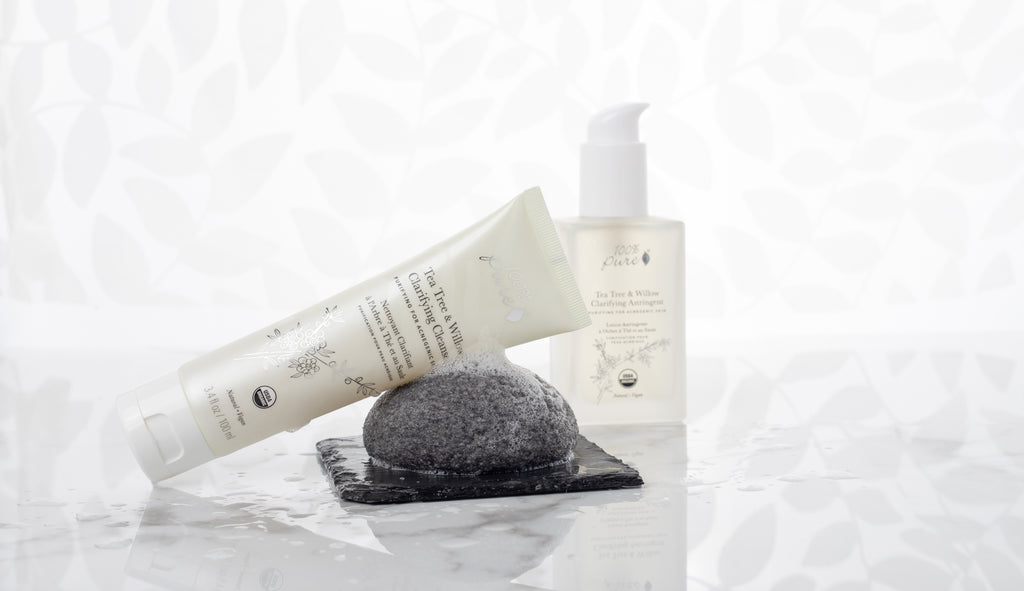
The occasional papule isn’t cause for alarm, and can be treated at home. To prevent them, keep your skin clean using an antibacterial cleanser such as our Tea Tree & Willow Acne Clear Cleanser, and exfoliate up to three times a week. Treat papules with spot treatments that contain sulfur, benzoyl peroxide, or salicylic acid. If you experience frequent or numerous papules, visit a professional dermatologist to construct an acne prevention plan.
Pustules
Pustules are another form of inflammatory acne. They’re created when pus builds up in an acne papule, causing it to form a whitehead. Pustules look much the same as papules, except that they have a clear “head” of visible, light-colored buildup.
It’s important to avoid popping pustules, as this can cause some of the buildup to move deeper into the skin. Pustules can be treated with spot treatments, but it’s best to seek a dermatologist’s help if you’re dealing with frequent ones.
Nodules
Nodules, another form of inflammatory acne, form when a follicle ruptures deep within the skin. They tend to look more red, swollen, and serious than papules, as the damage to deeper layers of the skin tends to be more intense.
Individual nodules can be treated at home using ice packs and topical acne treatments; you should avoid squeezing them at all costs. If you experience frequent nodules, you should visit a dermatologist, who will be able to provide a more comprehensive treatment plan.
Cysts
Cysts are the most severe form of inflammatory acne. They occur when a follicle wall ruptures, and the skin creates a membrane around the infections spillover material in order to keep it from spreading throughout the skin. Pus and blood can build up in cysts over time, causing them to grow.
If you notice a cyst on your skin, it’s important to seek a dermatologist’s help as soon as possible, to minimize the damage to your skin tissue. The dermatologist will drain the cyst and remove the surrounding membrane, and may also prescribe an acne medication if you suffer from frequent cysts.
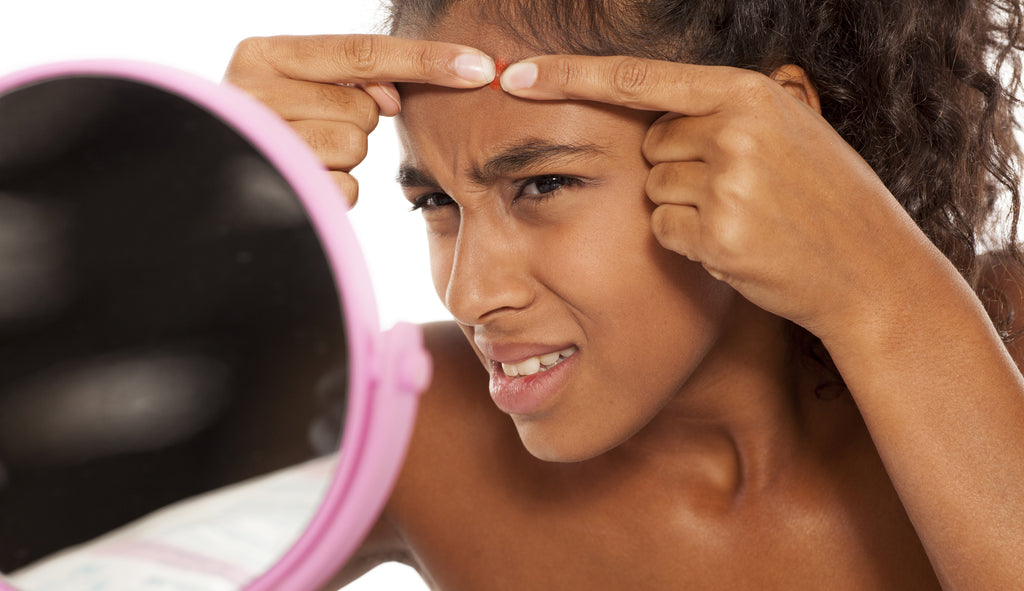 Grade System for Acne
Grade System for Acne
Dermatologists sometimes use a grade system to describe the severity of a patient’s acne:
-
Grade 1: If the patient has only non-inflammatory acne (open and/or closed comedones) then they fall into Grade 1.
-
Grade 2: If the patient has open and/or closed comedones as well as a few small pustules and cysts, then they fall into Grade 2.
-
Grade 3 If the patient has extensive open and/or closed comedones, as well as large papules, pustules, nodules, and/or cysts, and their acne occurs throughout their upper body, then they fall into Grade 3.
-
Grade 4: If the patient has extensive open and/or closed comedones, as well as large papules, pustules, nodules, as well as confluent cysts (cysts that connect and spread to create larger masses), and their acne occurs throughout their upper body, then they fall into Grade 4.
Depending on the severity of a patient’s acne, dermatologists will recommend different courses of treatment - from antibacterial face-washes, to acne medications, to extensive cyst drainage procedures. It’s important to remember that at-home treatments can be important daily support systems for occasional or regular acne, but meeting with a dermatologist is always wise when it comes to getting clearer skin!
- Tags: January-2019, Shopping Guides, Skin Care
We carefully hand-select products based on strict purity standards, and only recommend products we feel meet this criteria. 100% PURE™ may earn a small commission for products purchased through affiliate links.
The information in this article is for educational use, and not intended to substitute professional medical advice, diagnosis, or treatment and should not be used as such.


